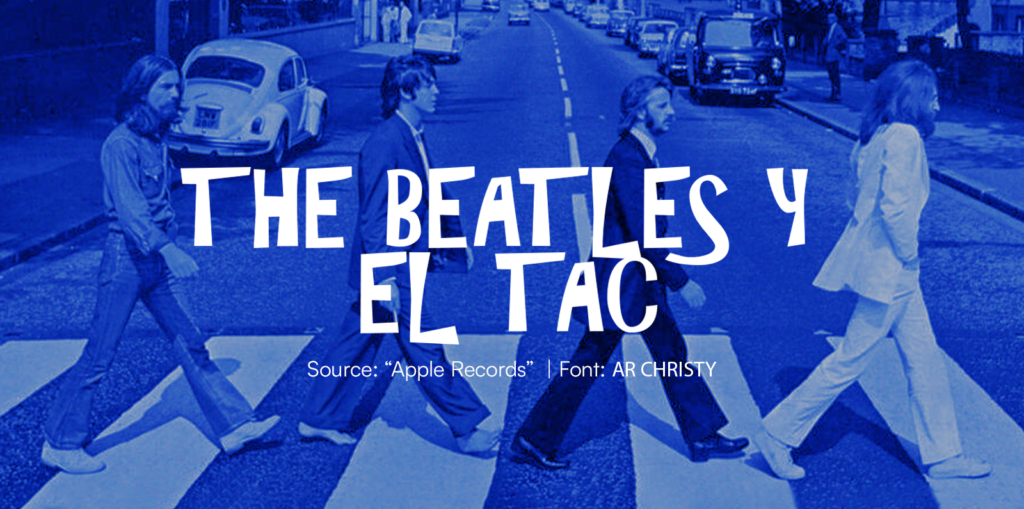We’re not always fully aware of the close relationship between popular culture and scientific advancements.
And no, we’re not just talking about how societal trends and concerns can influence the development of research, but also about how they can provide the resources necessary to act as an indirect engine of progress. Moreover, scientific advances often find an echo in popular culture, where they can be interpreted, popularized, or even questioned through literature, film, or, for example, music.
As avid fans of both music and science, we love stories where the former helps drive progress in the latter. One of our favorites is the story of how the development of the CT scan, one of the most important diagnostic techniques today was made possible thanks to none other than
Yes, you read that right. One of the most successful musical groups of all time shares its history with the technology that revolutionized medical diagnostics. Before the CT scan, X-rays were the only method available to examine the inside of the body, but they could only produce two-dimensional shadow images. This meant that organs often overlapped in the images, making them unclear. The CT scan, however, made it possible to obtain detailed three-dimensional images with minimal noise, greatly aiding the detection of severe pathologies and tumors.
But where does this connection come from, and what do The Beatles have to do with this technology? The answer lies in their record label: EMI. In addition to being a music company, EMI owned a small technology division in the 1960s dedicated to scientific research and biotechnology innovation. However, the division struggled to take off, and despite their efforts to keep various projects afloat, there wasn’t enough revenue to fund them.
That changed in 1962 when EMI signed a contract with a group of young men from Liverpool to release their music—a deal that would forever alter the company’s future. That group, of course, was The Beatles. With the release of their album Please Please Me in 1963, an enormous success, EMI’s profits began to soar exponentially, enabling the company to allocate more resources to research in its technology division
For Godfrey Hounsfield, a researcher working in EMI’s laboratories, this funding was the chance he had been waiting for to launch the project he had long envisioned: creating computerized images of the human body.
With the help of his colleague Allan Cormack, Godfrey began working on his dream project. He started by combining different photographs of the human body, taken from various angles, to produce a tomographic image and create a 3D representation. He then set out to capture an image of the brain—something almost unimaginable at the time using traditional X-rays. But… success! The image was clear and took only five minutes to produce. This marked the birth of the CT scan.
Together with the company that funded him, Godfrey launched the first Computed Axial Tomography (CAT) scanner in 1972 . In 1979, Hounsfield and Cormack were awarded the Nobel Prize in Medicine for their invention. For many years, EMI continued to benefit from The Beatles’ success, allowing it to keep funding specialized research in tomography. They even provided support for integrating CT scanners into hospitals and medical centers. Unfortunately, in the 1990s, the record label ceased all its technological projects and decided to focus exclusively on the music industry.
So now you know—next time you listen to Yesterday, Something, Penny Lane, or Here Comes the Sun, remember that you’re hearing the band that, in some way, helped drive the development of something as valuable as the CT scan.
Isn’t that fascinating?




